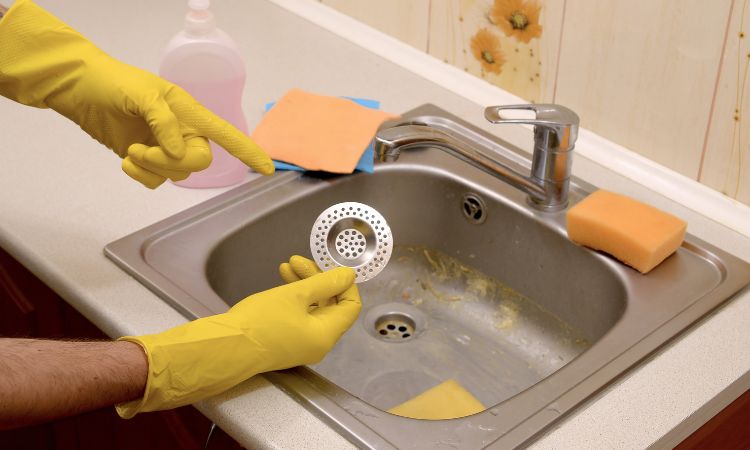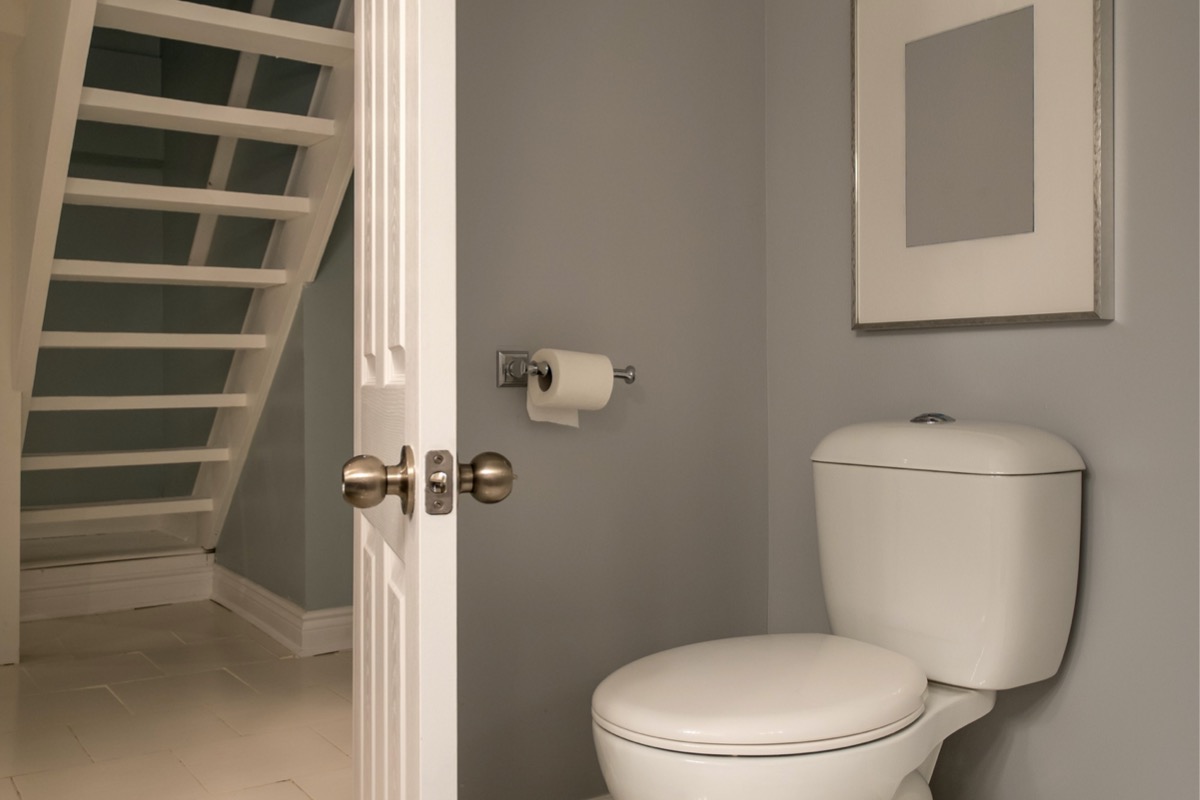New Homeowners: How to Manage Bathroom Plumbing
New Homeowners: How to Manage Bathroom Plumbing
Blog Article
Just about everyone maintains their unique piece of advice when it comes to Plumbing Tips for New Homeowners.

For brand-new house owners, understanding and maintaining washroom pipes can conserve both time and money by preventing pricey problems down the line. Here are some crucial shower room plumbing ideas to help you keep everything running efficiently.
Get Ready For Winter
Secure your pipes from cold during winter by insulating pipes in unheated locations like basements, attic rooms, and garages. Throughout extreme cool, let cold water drip from taps served by revealed pipelines to help protect against freezing.
Set Up Normal Upkeep
Consider organizing annual assessments with a licensed plumbing professional. They can find concerns that you might miss out on, such as hidden leakages or wear and tear on pipes and components. Regular upkeep helps expand the life of your plumbing system and can prevent emergencies.
Acquaint Yourself with the Key Shut-Off Valve
Recognizing where the major water shut-off shutoff lies in your house is crucial. This permits you to swiftly switch off the water system in case of major leakages or during plumbing emergency situations, avoiding considerable water damages.
On A Regular Basis Inspect for Leaks
Tiny leaks can bring about big problems. Regularly inspect under sinks, around toilets, and near plumbing components for any kind of indicators of leaks. Search for moisture, tiny drips, or rust. Capturing and fixing leakages early can prevent much more severe damages and save water.
Preserve Your Water Heater
Guarantee your hot water heater is readied to an ideal temperature level (usually about 120 levels Fahrenheit) to stop hot and lower power use. Flush the container annually to remove sediment buildup, which can reduce the efficiency and lifespan of your heater.
Upgrade Your Fixtures
If your home has older fixtures, consider upgrading to a lot more reliable versions. Modern bathrooms, showerheads, and faucets are designed to use much less water while giving excellent stress, which can substantially minimize your water costs and ecological impact.
Be Cautious with DIY Pipes Services
While it's alluring to manage all home fixings by yourself, be cautious with plumbing. Some concerns could need expert experience, specifically if they include main water lines or sewer fixings. Employing an expert can in some cases be much more cost-effective than do it yourself, particularly if it avoids further damages.
Don't Ignore Slow Drains
If your sink or bathtub is draining pipes gradually, it's typically a sign of an obstruction developing. Addressing this early can prevent a complete obstruction. Use a bettor or a plumbing technician's snake to remove debris. Prevent utilizing chemical drainpipe cleaners as they can harm your pipes over time.
Know What Not to Flush
Bathrooms are not garbage disposals. Stay clear of flushing anything aside from toilet paper and human waste. Things like wipes, feminine health items, and cotton bud must be taken care of in the trash to stop blockages and sewage system backups.
Mount Strainers in Drains
Place filters in your sink and tub drains pipes to catch hair and various other debris before they enter your pipes system. Cleaning the filters frequently will aid avoid build-up and keep water streaming openly.
Conclusion
Recognizing and preserving your home's washroom plumbing can avoid several common problems. By adhering to these important tips, you can ensure your shower room continues to be functional and effective, conserving you time and money over time.
Things to consider while plumbing your new bathroom
Underground pipes and stormwater drains
Once these have been successfully laid, your plumber will need to test the system to check for water tightness. After this, the area will be filled back with the excavated earth. Backfilling of plumbing works must be done with extreme care because debris or rocks that are backfilled into trenches must not cause any damage to the buried piping. A mixture of backfill needs to be used. For example, if lumpy clay is excavated, then the first 300-500 mm (millimetres) of backfill must consist of sandy, loose earth. On the contrary, if concrete needs to be paved at the top, then crushed and compacted earth should be used, especially when it comes to a deep excavation.
Pipes
Clean water enters the plumbing pipe from the primary water supply line. Unclean water is successfully pulled down by gravity to exit the system of pipes. Air blowing through all the vents ensures that the pipes stay clean and clear. This is a simple and self-sustaining setup that should survive the test of time, when done correctly.
Plumbing items and fixtures
If you are carrying out plumbing in a new house, you need to install plumbing items and fixtures before the completion of the house’s interiors. Showers, sinks, and tubs are easier to install when the doorways and walls have not yet been installed.
Sewer lines and septic tanks
Installing sewer lines and septic tanks is extremely challenging when it comes to a home’s plumbing system. Firstly, you need to know the septic tank’s size. This can be calculated by the total number of bedrooms in your house. The venting system of your septic tank must be flawless.
Placement and positioning of the main stack
The main stack is basically a pipe with a diameter of approximately 3-4 inches. It typically runs from your home’s basement to the terrace or roof. The lower section of the main stack is responsible for collecting wastewater from several other plumbing fixtures. The upper section is used for venting. While you are installing plumbing in your new house, you will need to find a spot where the main stack runs without interruptions.
Installing drains and vents
Drain and vent pipes are generally 1-1.5 inches in diameter. Pipes must slant at a quarter of an inch per foot to drain efficiently. Bends, where the pipes eventually join the main stack, must be smooth and not be angled sharply. Every plumbing fixture must have a trap beneath it, which will catch water and prevent obnoxious gases from gaining entry into your living quarters. Moreover, every fixture needs to be vented.
Waterproofing and final testing
Your plumber will most likely carry out waterproofing of retaining walls, lower rooms, and basements, where an underground sump is generally constructed to store water. Roofs, too, need specialised treatment, and plumbers need to take into account gutter overflows in regions that receive heavy rainfall.
After the complete plumbing has been installed in your new home, every single thing should be tested to ensure adequate functionality and immaculate efficiency. This includes all water supply sources, bathroom fixtures, and sewerage.
https://www.jswonehomes.com/blogs/Construction/things-to-consider-when-plumbing-your-new-bathroom

Request Service Report this page